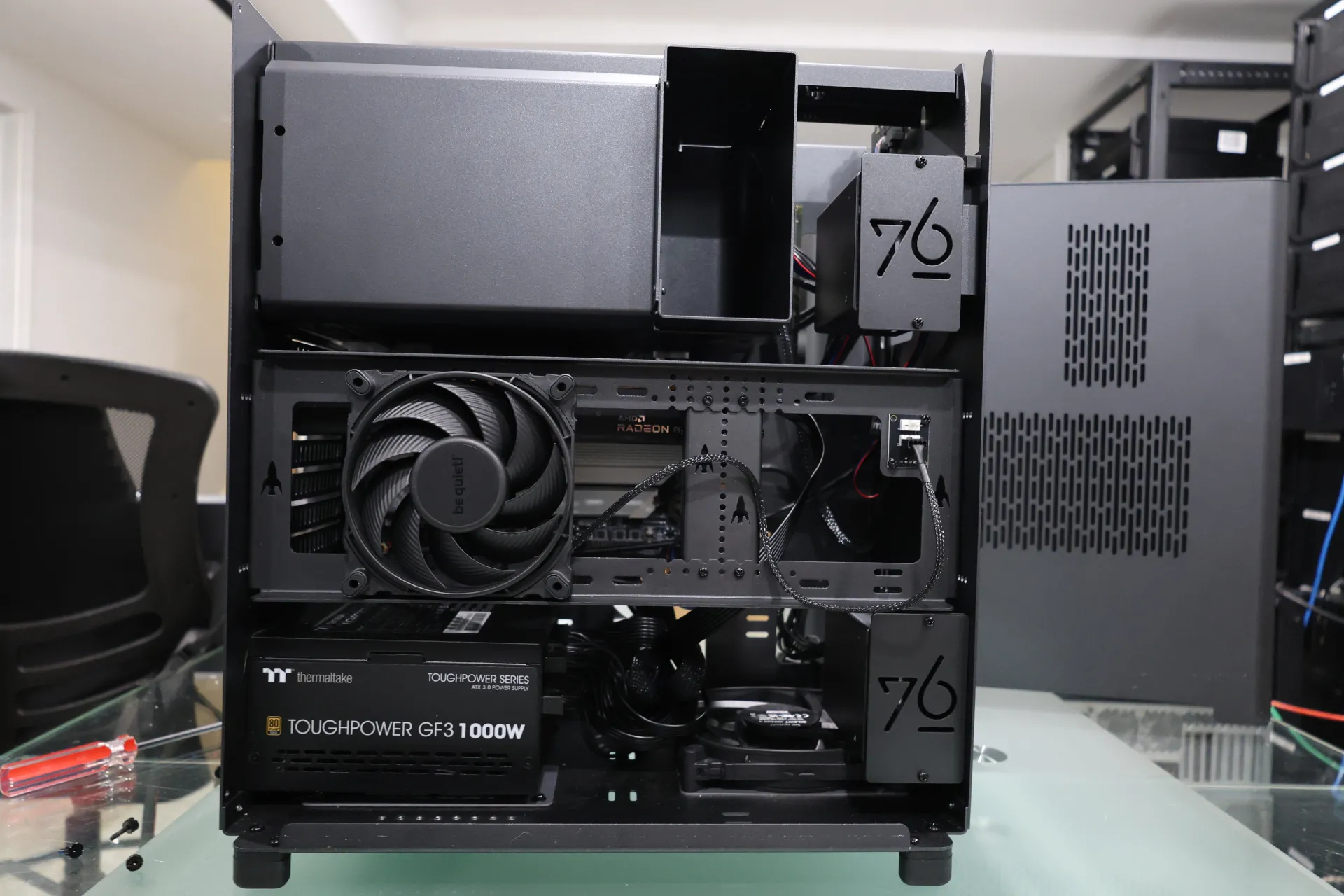MIT scientists have made significant progress in fusion experiments by developing a technique to predict plasma behavior accurately using AI and camera images. This advancement offers valuable insights into plasma dynamics, crucial for achieving net fusion energy production. The innovative approach combines neural networks guided by physics to explore the complexities of plasmas.
Fusion experiments are conducted under extreme conditions, with high-temperature matter confined in specialized vacuum chambers. These conditions pose limitations on data collection using diagnostic tools due to the complexity of computer models in characterizing turbulent plasmas. This complexity hinders the comparison of models with measurements from experimental fusion devices.
Connecting Plasma Modeling and Experiments
In response to these challenges, researchers have introduced a novel method to bridge the gap between plasma modeling and experiments. By utilizing images captured by cameras equipped with an optical filter in fusion devices, the scientists have devised a technique to deduce electron density and temperature fluctuations. This information empowers fusion scientists to predict plasma fields in alignment with theoretical expectations.
Utilizing light from the plasma edge in a tokamak, a Physics Informed Neural Network reconstructs turbulent fluctuations in plasma density and temperature, along with the distribution of a probing helium gas puff.
Addressing Predictive Modeling Challenges
Predictive modeling of plasma turbulence in fusion experiments is intricate, primarily due to the complexities at the boundaries of chaotic systems. Through a custom physics-informed machine learning approach, researchers have developed a framework capable of directly determining plasma properties typically unresolved at the boundaries of experimental fusion devices. This advancement enables scientists to forecast plasma fluctuations’ behavior in experiments and validate predictive models in accordance with theory, revolutionizing turbulence modeling in this context.
Significance of Confinement in Fusion Plasmas
Effective confinement of fusion plasmas plays a pivotal role in realizing net fusion energy production. Understanding how plasma instabilities can induce cooling and performance loss within fusion devices is essential for predicting confinement. Despite decades of efforts to enhance measurement capabilities in experiments, deploying diagnostics within fusion devices remains challenging due to the extreme conditions involved. MIT researchers recently published two papers addressing this longstanding challenge.
In the first paper, the researchers showcased how photon counts obtained from fast cameras could be transformed into electron density and temperature fluctuations on turbulent scales using a novel physics-informed AI framework. This integration of experimental data, radiative modeling, and kinetic theory provides fresh insights into previously unobserved plasma dynamics.
The second paper demonstrates the utilization of dynamical electron information alongside a prevalent plasma turbulence theory to predict electric field fluctuations directly consistent with partial differential equations in an experimental setup. This pioneering work employs physics-informed neural network architectures to develop a new modeling approach for the nonlinear properties of plasmas, offering a unique avenue for aligning theoretical predictions with observational data.
For further details, refer to the following references:
-
“Deep modeling of plasma and neutral fluctuations from gas puff turbulence imaging” by A. Mathews et al., published in Review of Scientific Instruments.
DOI: 10.1063⁄5.0088216 -
“Deep Electric Field Predictions by Drift-Reduced Braginskii Theory with Plasma-Neutral Interactions Based on Experimental Images of Boundary Turbulence” by A. Mathews et al., published in Physical Review Letters.
DOI: 10.1103/PhysRevLett.129.235002
The research received funding support from various sources, including the Natural Sciences and Engineering Research Council of Canada, the Department of Energy Office of Science Fusion Energy Sciences program, Joseph P. Kearney Fellowship, and Manson Benedict Fellowship from the Massachusetts Institute of Technology Department of Nuclear Science and Engineering.






